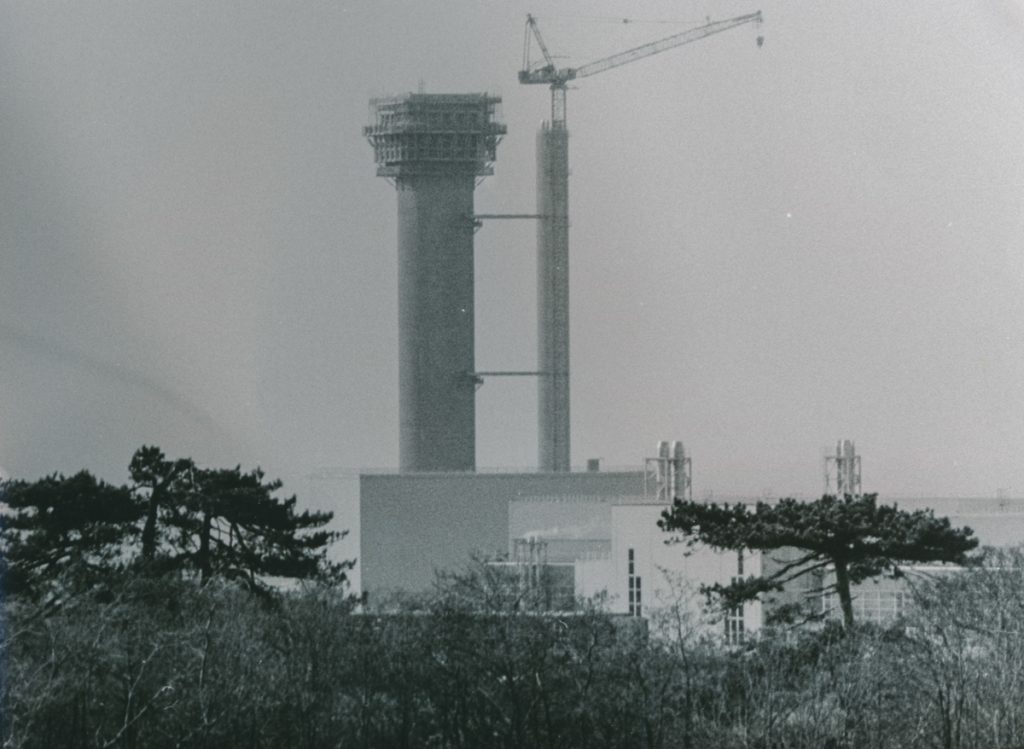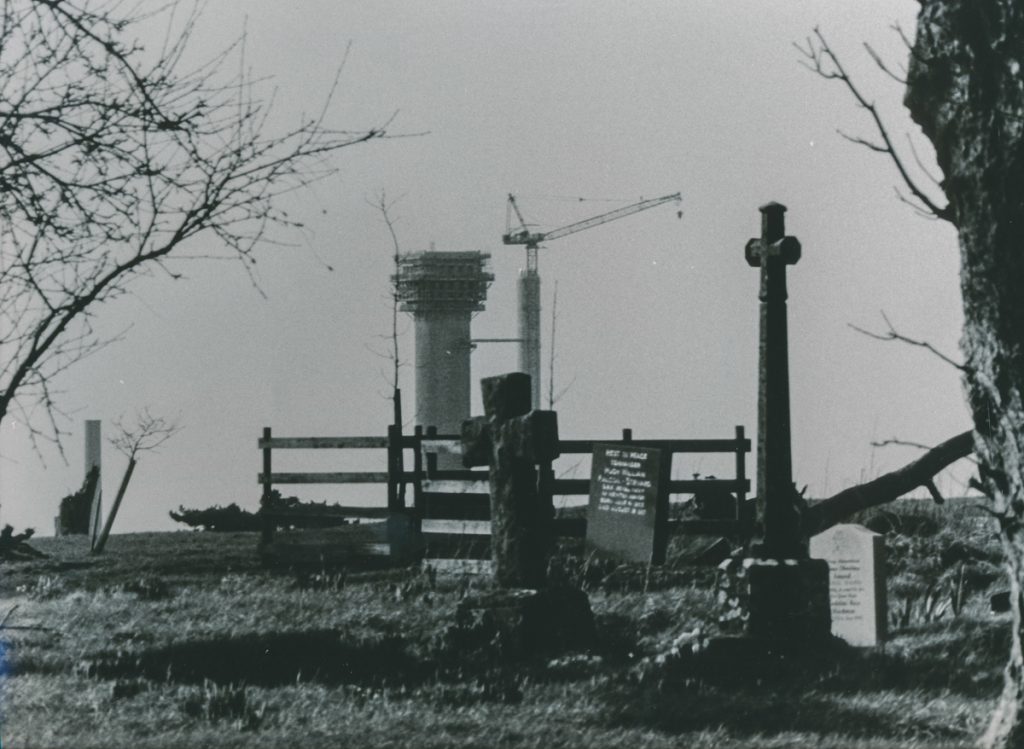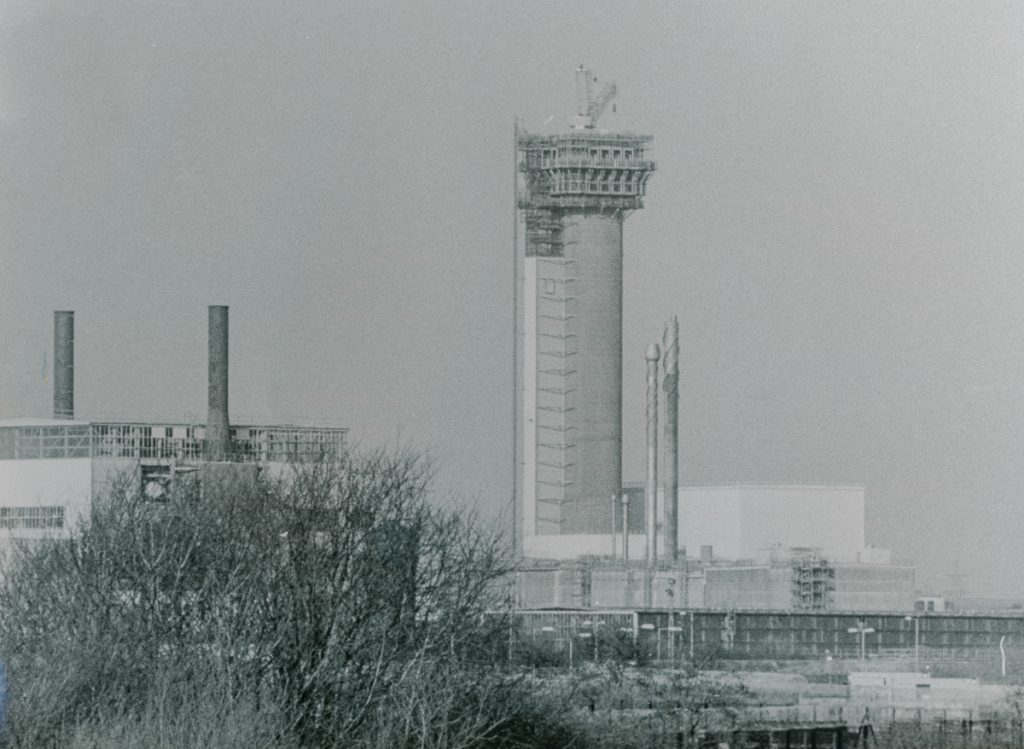
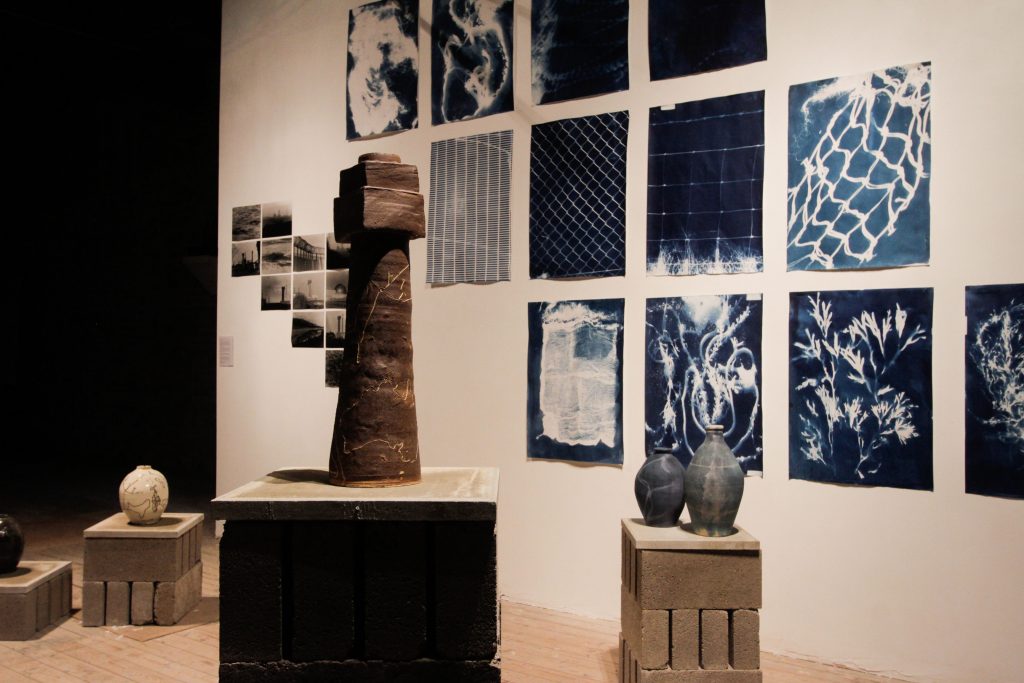
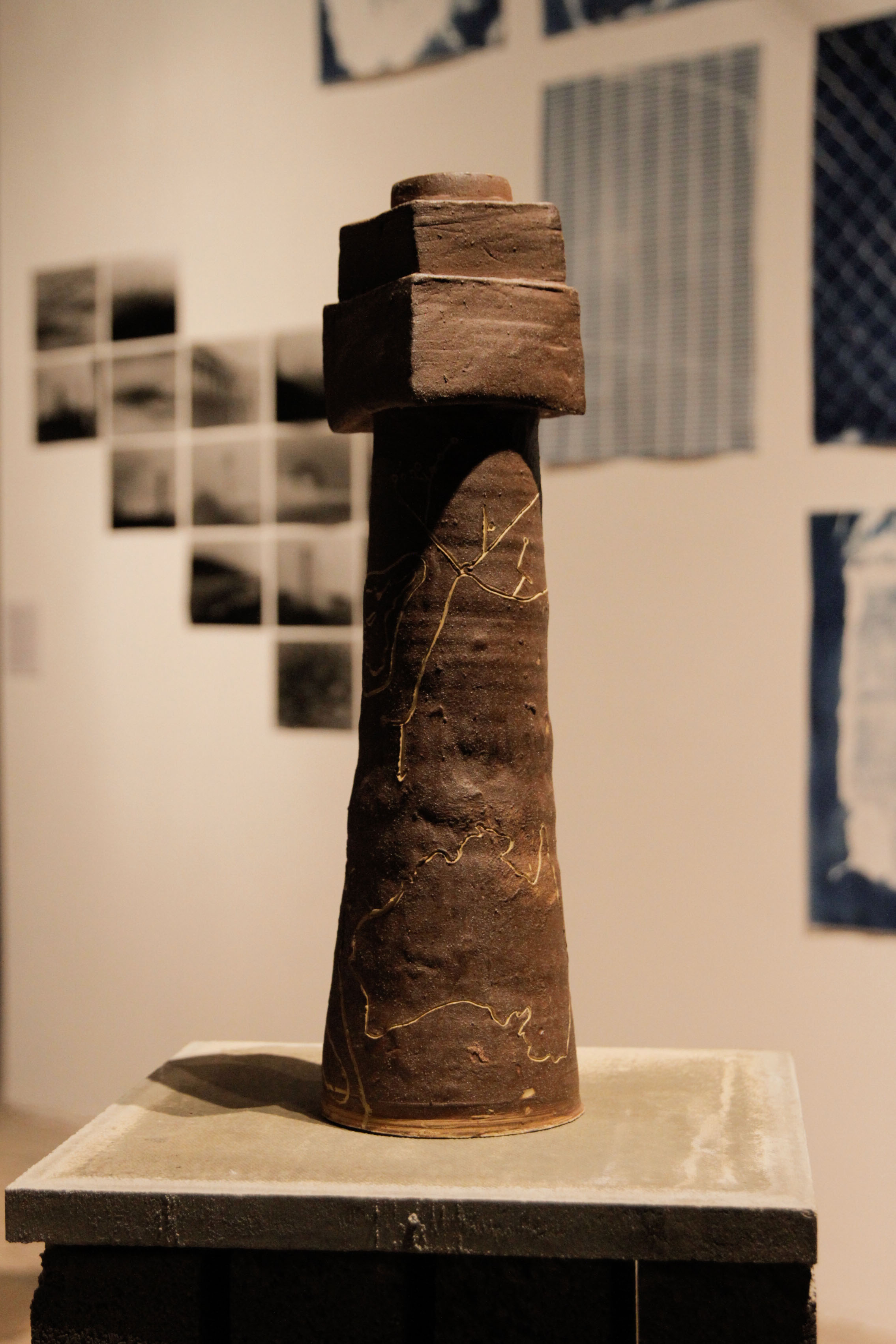
Windscale to Woomera: British Nuclear Weapons tests
This installation explores the connections between British nuclear weapons tests, in Australia and the Pacific, with Sellafield in West Cumbria. The first weapons-grade plutonium producing reactors were built at Sellafield in 1947, on part of the site formerly known as Windscale. By 1952 these reactors, known as Windscale Piles 1 and 2 had produced enough plutonium for Britain to undertake its first nuclear weapons test – on Aboriginal land in Australia.
Between 1952 and 1958 Britain carried out twelve atmospheric weapons tests in Australia, and nine in the Pacific. The tests have had long-lasting effects on the landscapes and people who participated in, or lived near the test areas. Sixty years later many of those people, including Aboriginal communities and former service personnel are still campaigning for justice over what happened to them.
The installation seeks to highlight this history and reveal the interconnections between the West Cumbrian landscape and those on the other side of the world affected by the weapons tests. In 2018, demolition of Pile One commenced, bringing an end to its iconic status in the West Cumbrian landscape.
The installation includes locally dug clay, black and white photographs, cyanotype photograms made on the boundary fence of sellafield, google maps and found footage of british nuclear tests.
